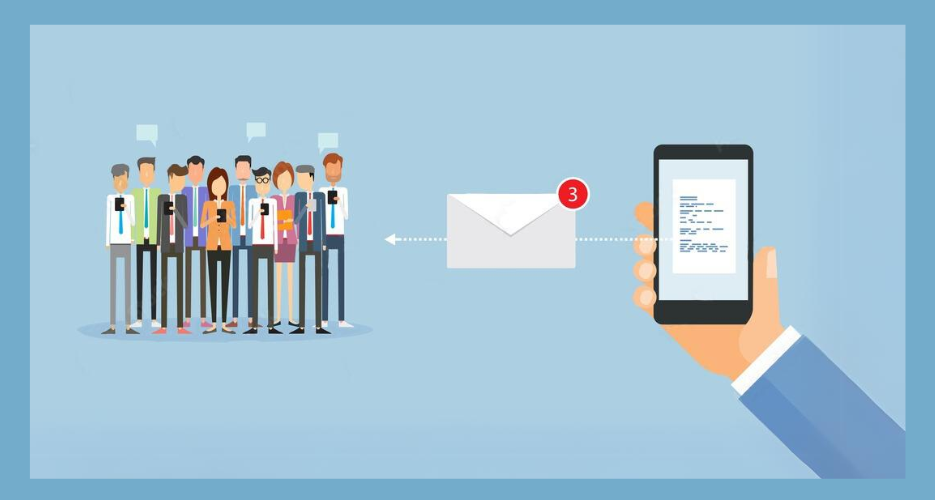In a world of options, consumers have more power than ever before. Retailers have to be agile to remain competitive and respond to trends and changing expectations. But change also brings risk and every new direction or activity you invest your team’s time and resources in needs to return favourable results or the potential losses will quickly add up. Shopify analytics can be an important tool for your team in making decisions as well as monitoring day to day progress.
Data is key to making informed decisions that will deliver the best possible results for your team. To navigate the data, reporting and analytics offer a guiding light to actionable insights that impact your bottom line.
StudioForty9 Ireland’s first Shopify Plus Partner
Shopify has become a hugely popular and successful Ecommerce platform with 10% of the global market share (Statista). Retailers choose it for its powerful tools that help to find customers, drive sales, and manage the day-to-day. StudioForty9 were the first Shopify Plus Partners in Ireland, we recognised that the platform was well positioned to meet the needs of our clients in the rapidly evolving Ecommerce world including the significant reporting and analytics capabilities.
Shopify Plans
Shopify offers a wide array of reports for store owners based on their Shopify plans as can be seen below.

It’s worth noting that should you choose to upgrade your Shopify plans at any point in time, you will be able to access data from your store’s inception in your new unlocked reports. Keep in mind that some of the most useful reports aren't available until you get beyond the Shopify Basic plan. Naturally the most advanced Shopify analytics functionality comes with the most advanced Shopify plans. Custom reports are only available to those on Advanced and Plus plans.
Understanding Shopify Analytics using a framework
Data can sometimes feel seemingly endless. To start effectively using your data, our Shopify experts at StudioForty9 suggest approaching your data from the perspective of the Customer Lifecycle Framework. This framework helps to keep focused on the forest rather than the trees when diving into the jungles of bountiful metrics.
The Customer Lifecycle Framework is highly relevant in retail marketing as it can be used to decide which type of activity or content should be used depending on which stage of the customer lifecycle the activity is being targetted at. The same approach can be applied to analytics too. The Lifecycle framework is divided into Discovery or Awareness, Acquisition, Conversion and Retention.
Below we apply each stage of the Framework to the analytics available of Shopify. Each area will be supplemented with samples of relevant metrics and references to Shopify reports that provide relevant insights.
Discovery
The discovery process is all about creating your customer's personas so you can effectively target them. This can range from basic personal information such as age, gender, and location, to understanding what their likes/dislikes and preferences may be.
Relevant Metrics:
- Reach
- Engagement
- Impressions
Sample Shopify Report:
Acquisition Reports - Sessions by Location
| Heading | Notes |
| Country/Region | Ireland |
| Region | Leinster |
| City | Dublin |
| Visitors | 23,000 - based on cookie tracking of a single device (visitor) |
| Sessions | 23,221- The same visitor can have multiple sessions as each session resets after 30 minutes and at midnight UTC |
There are a variety of other metrics we can use here such as reviewing what devices were used, UTM campaign type to understand what customers are responding well to, and product sales to see what type of products customers gravitate towards.
Acquisition
When we consider your data through the lens of acquisition, you will want to drill down further and delve into questions like how people arrive on your site and what is the cost of acquiring each lead?
Relevant Metrics:
- CTR (Click-through rate)
- CPA (Cost per acquisition)
Sample Shopify Report:
Marketing Reports - Sessions attributed to marketing
| Heading | Notes |
| UTM campaign name | The name you gave to your Urchin Tracking Module (UTM) campaign when creating it. |
| Marketing event type | Campaign format e.g. Twitter will show 'ad' or 'post'. |
| Marketing event target | The target of the campaign e.g. using the above example, Twitter would be the output. |
| UTM campaign content | |
| Visitors | Cookie tracking a single device (visitor) |
| Sessions | The same visitor can have multiple sessions as each session resets after 30 minutes and at midnight UTC |
| Sessions Converted | Sessions that resulted in a purchase event |
In addition to the above, there are other metrics like Referrer source which provide additional colour on your customer's route to conversion. This shows how customers who placed orders reached your store. Possible values {Direct, Search, Email, Social and Unknown}.
Conversion
One of the most vital metrics in Ecommerce is conversion, when customers take a desired action on your site usually involving making a purchase. Under the umbrella of conversion metrics, you normally not only consider the conversion rate itself but also consider visitors behaviour on the site. For example you can track how much time visitors spend on the site, where they drop off, and investigate why some never complete a purchase.
Relevant Metrics:
- Abandoned carts
- Conversions by first/last interaction
- Bounce rate
- AOV (Average Order Value)
Sample Shopify Report:
Behaviour Reports - Online store conversion over time
| Heading | Notes |
| Time grouping | The time grouping you've selected, such as day, week, or month. |
| Sessions | The total number of sessions on your online store. |
| Added to cart | The total number of sessions where a customer added a product to a cart. |
| Reached checkout | The total number of sessions where there was user input (for example, a keypress or mouse click) during checkout. |
| Sessions converted | The total number of sessions where a customer purchased a product. |
| Conversion rate | The percentage of sessions that resulted in a purchase. |
Retention
It's estimated to cost up to five times more to acquire a new customer than to retain an old one, yet 60% of companies place more emphasis and effort on acquisition.
A report by Bain & Co. found as little as a 5% increase in retention can improve profits from anywhere in the region of 25-95%. Reporting on retention rates is therefore an important aspect of your Shopify analytics.
Relevant Metrics:
- CLTV (Customer Lifetime Value)
- Customer churn rate
- Customer retention rate
Sample Shopify Report:
Customer Reports - Loyal Customers
| Heading | Notes |
| Customer Name | - |
| Customer Email | - |
| Accepts Marketing | Whether they agreed to accept marketing when they placed their most recent order |
| First-order day | The date of their first order |
| Last order day | The date of their most recent order. |
| Orders to date | The number of orders that they have placed |
| Average order value | - |
| Total spent to date | The total amount that they have spent, including taxes, discounts, shipping, and any refunds |
Advocacy
The provision of consistent quality services to customers over time will create "brand ambassadors". These are individuals who not only buy your products but buy into the brand. They are your most valuable customer type and will often tell others about their love for your brand.
There are a number of metrics that you can use to track both customers who are already falling into the advocacy category and those with the potential to become brand advocates.
Relevant Metrics:
- These customers can be identified through their repeat purchases, participation in loyalty programs, and satisfaction in surveys such as the Net Promoter Score (NPS).
Sample Shopify Report:
Similar to retention, you could look at the loyal customers report to understand who are your most valuable customers. Moreover, we could view the following additional customer segments to get a greater understanding of each bracket of customers. This can help identify potential customers that could be ushered into the loyal category with the correct treatment.
- 'Is at risk' - Customers who are repeat customers and are estimated to have a medium probability of returning, but who have not placed an order in a while.
- Is promising - Customers who are estimated to have a high probability of returning and becoming loyal customers.
Shopify analytics summary
There are a wide variety of reporting applications available on the Shopify app store, and we value the use of platforms like Google Analytics for every business. However Shopify's out-of-the-box reports are highly relevant to retailers and offer the ability to track analytics relating to the customer lifecycle framework very effectively. The user-friendly dashboard with pre-built reports makes the reporting process so much less time consuming and offers an overview for day-to-day management as well as providing an important component for longer term strategic decision making.
Interested in learning how to leverage Shopify to grow your Ecommerce business?
StudioForty9 is a specialist Ecommerce agency supporting many of Ireland’s best known retailers to excel in a dynamic and fast paced online marketplace. We are the leading Shopify experts in Ireland helping businesses to develop, migrate and maximise their Ecommerce platforms. As well as being experienced in developing, migrating and customising platforms, we also offer a team of digital marketing specialists who support clients to develop and implement digital marketing strategies to continually grow their business.
Contact us to get advice on platform migration, customisation or growth marketing, email info@studioforty9.com for more information.
View our work with some of Ireland' top retailers.




